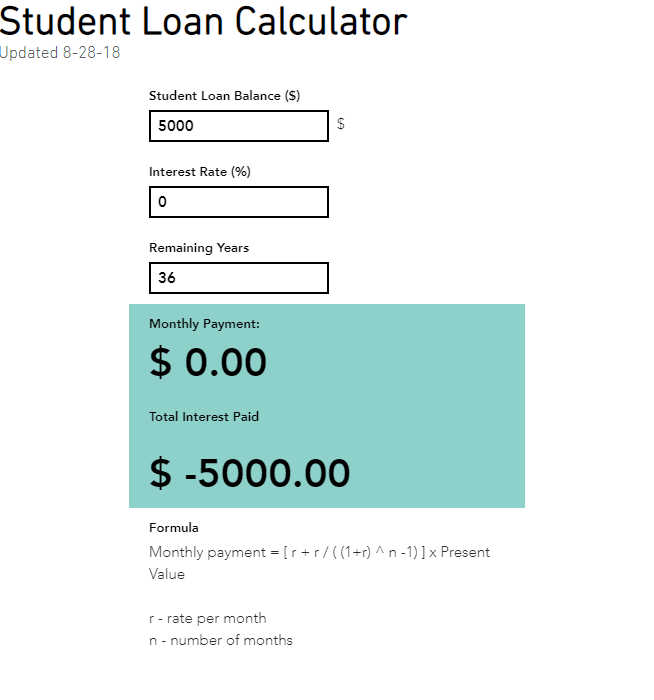If you have paid for your education using a federal government student loan, you may have more than one loan since the money was borrowed over a longer period of time. If you have taken out private student loans in addition to federal ones, you may owe considerably more money than you thought. It’s possible that you won’t be able to keep up with all of your loan payments if you haven’t refinanced or consolidated your debt. This article will explain how to check your Federal Student Loan Balance, along with a bunch of other important information. Let’s begin.
Table of Contents
In the event that you took out a loan from the United States Department of Education, there are a few distinct methods by which you can determine the current status of your U.S. department of education loan payment. Let’s find them out:

1. Using the National Student Loan Data System (NSLDS)
The National Student Loan Data System is maintained by the U.S. Department of Education. You have the option to register for a Federal Student Aid ID (FSA ID) or log in with an existing Student loan login account when you visit this page.
You will get to know about the following from the NSLDS:
2: By Getting in Touch with Your School.
There are a few instances in which not all loans are shown in the National Student Loan Data System. For instance, loans such as parent PLUS loans that you didn’t take out yourself would be shown on your parent’s credit record rather than your own. In addition to that, not all loan organizations are required to report to the NSLDS on a regular basis. Because of this, it is possible that you will not uncover all of your debts, particularly if you have recently borrowed money.
Author’s recommendation: Check Old Navy Gift Card Balance
Loan processing is handled independently by each individual private student lender, and there is no centralized database for private loans. If you are unclear about how to get started, consider using the following tips:
1: Make contact with the college or institution you attend: The financial aid office at your school will have all of the facts about your first loan and will be able to tell you what firm originated your loan.
2: Make contact with your original lending institution: It’s possible that the company that originated your loan is also the one servicing it now, but this isn’t always the case. Make contact with the lender that gave you the money initially and ask them if they can help you find out who is now holding your debts. It’s possible that you’ll need to contact a number of different service providers in order to get the most recent information.
3: Examine the report of your credit score: Use the website www.annualcreditreport.com if you are unable to identify the original lender or are unsure how to locate them. You will get access to your credit score from each of the three main credit agencies (Equifax, Experian, and TransUnion) when you use this. You will find information on the original loan servicer, which will provide you with a starting point.
Check the balance of True Link Card with our trending guide
So, this is how you can check your Student Loan Balance, both Federal and Private. We’ve also listed ways for you to check whether you satisfy the basic criteria for student loan forgiveness by Biden. With this, we hope that you will find our article useful.
Your federal and private student loans will be removed from your credit record around seven years from the date of your final payment or the date you defaulted on your loan. If you pay off the loan in full, the default will still show up on your credit record for seven years from the date of the last payment; however, your report will reflect that there is no amount due on the loan. If you are able to get your loan out of default, then that information will be erased from your credit report.
If you started your education in the academic year 2005/06 or before, your Plan 1 loan is forgiven when you age 65. Nevertheless, if you started your education in the academic year 2006/07 or later, your Plan 1 debt is forgiven 25 years from the April that you were first required to repay them.
Yes. However, there is no downside to submitting an application for debt forgiveness, even if you have already received an email from the department informing you that your debt would be erased without further action on your part.
First, try contacting your service provider and if that does not work, dial 1-800-433-3243 to speak with someone at the Federal Student Aid Information Center (FSAIC).
Published On : February 17, 2023 by: Anjali Latwal/Category(s) : Banking & Finance
Leave a Reply